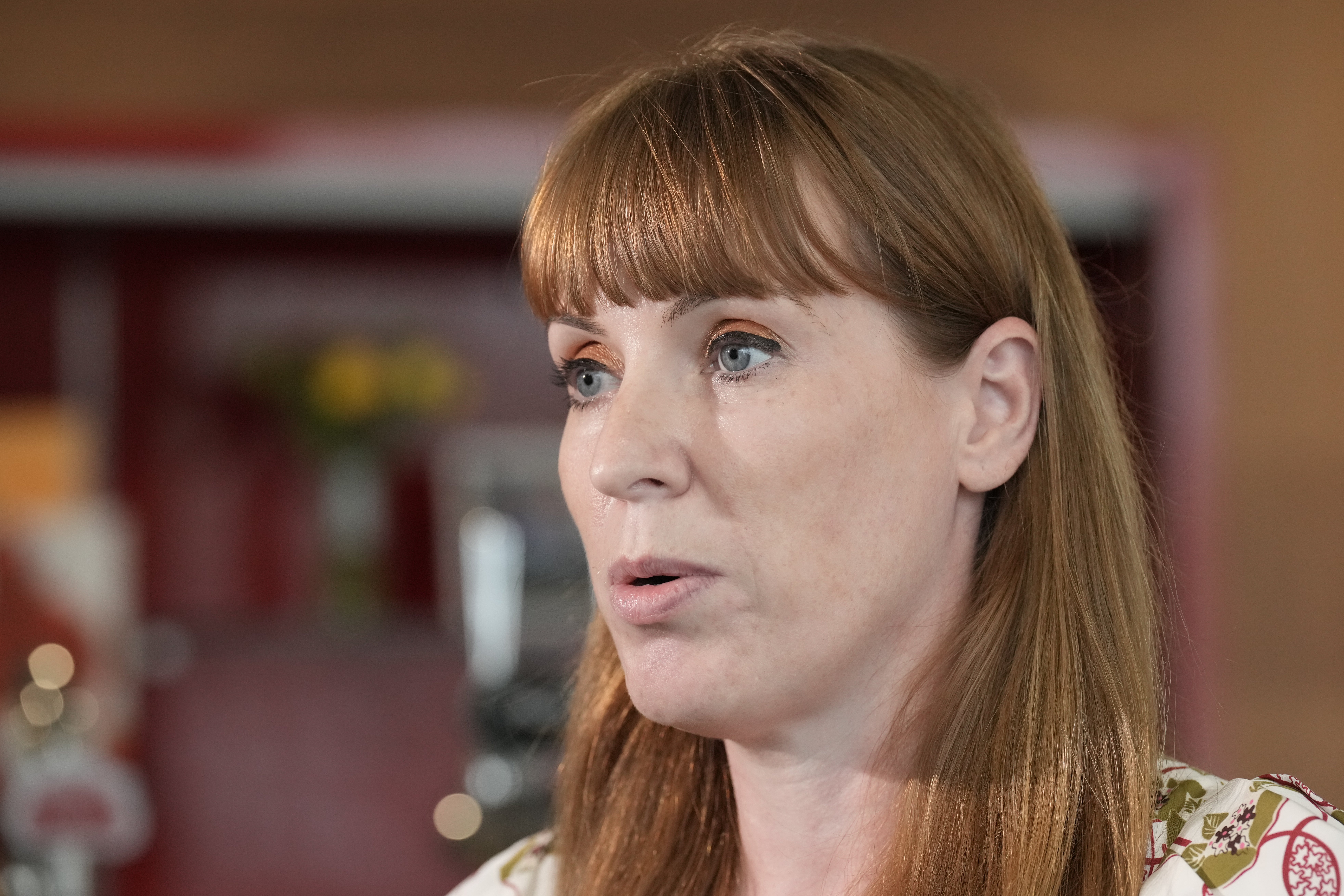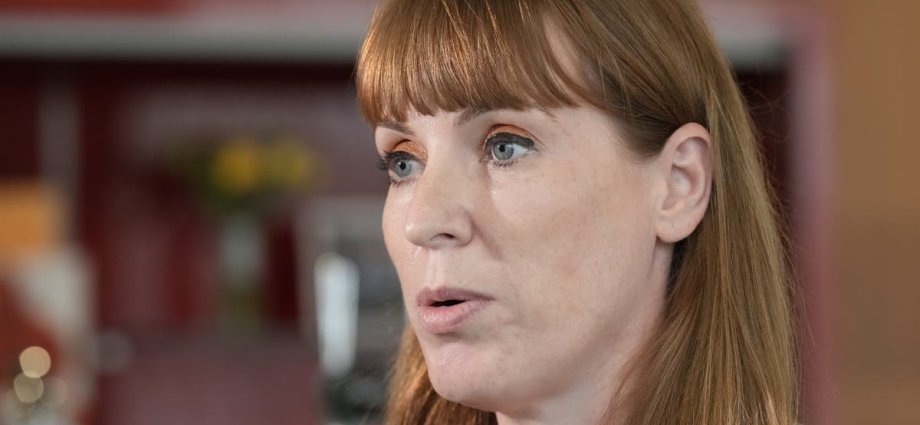Deputy prime minister Angela Rayner will pledge decent homes for all in a speech that puts the dismal state of housing front and centre of the Labour party conference.
Opening the conference in Liverpool on Sunday, Ms Rayner will announce a number of measures designed to ensure tenants are not plagued by disrepair, mould, damp or fire safety concerns.
In comments ahead of the speech, Ms Rayner said Labour have “inherited a Tory housing crisis” and that her government will take “a wave of bold action to not only build the housing our country needs and boost social and affordable housing, but to ensure all homes are decent, safe and warm”.
She will announce that the government will consult on a new Decent Homes Standard for social and private renters.
Labour will also press ahead with Tory legislation, known as Awaab’s law, which sets timescales for social landlords to remedy problems such as damp and mould.
Ms Rayner will renew Labour’s promise that these protections will be extended to the private rented sector. She will also announce bringing forward new access to information requirements on social housing landlords, to enable millions of housing association tenants to hold them to account.

A source close to Ms Rayner said the hope is for all the reforms “to be in place by summer next year subject to [getting them through] parliament”.
Ms Rayner said ahead of the conference that too many people “have been let down for too long stuck in substandard and even dangerous homes”.
Following the Grenfell inquiry report, Ms Rayner will also pledge a Remediation Acceleration Plan to remove unsafe cladding faster from dangerous homes.
Matt Downie, chief executive of the homelessness charity Crisis, welcomed the consultation on a new Decent Homes Standard as “long overdue” and said he was pleased to see Labour bring forward other measures that had already been announced.
Simon Francis, coordinator of the End Fuel Poverty Coalition, said there was “much to welcome” in Ms Rayner’s speech. But he called for reforms to improve energy efficiency standards in the private rented sector to be prioritised to ensure fewer people are condemned to living in cold homes this winter.
He added: “The elephant in the room is that these reforms will all take time to come into effect, and the building works will take even longer.” Mr Francis said chancellor Rachel Reeves’s plan to cut winter fuel payments for pensioners would also leave “many vulnerable groups at risk of being unable to heat their homes this winter”.
Reacting to Ms Rayner’s comments, Mike Daine, who has been waiting several years for remediation work to begin on his flat to remove dangerous cladding, said: “Actions speak louder than words. We’ve heard all the talk and after five years it falls on deaf ears. The system has me and thousands of others beaten.”
Mr Daine’s partner, Rachel Bose, added: “It’s up to this government to prioritise our safety first if they wish to get the housing market moving again.”
There are still 2,400 buildings with unsafe cladding where vital remediation work has not yet begun, according to the latest government statistics.

Four per cent of homes also have problems with damp and mould – the equivalent of 1 million dwellings – the latest figures for 2022 show.
Damp problems were more prevalent in private rentals, with 9 per cent of these properties reported to have a problem in 2022. This is compared to 5 per cent of social renters.
In a case revealed by the Housing ombudsman this week, Southwark Council was found guilty of severe maladministration after only moving a resident nearly three years after a leak was first reported in their home. In that time the home had become uninhabitable, the ombudsman found.
The resident had told the landlord that two of his children had developed asthma, his energy bills had been higher due to the cold and damp conditions, and he had lost earnings due to having to return home during heavy rain to place buckets under the leaks.
He also said his toilet door no longer shuts because it has been swollen by water absorption.
Only when the ceiling collapsed did the landlord move the family, and then they were moved into a property full of mould. They were finally rehoused into new permanent accommodation, with the council ordered to pay £2,000 in compensation.
New research from Crisis and Lloyds bank found that those on social housing waiting lists and in social homes are being badly impacted by damp and mould. Nearly three-quarters – 73 per cent – of 1,000 people surveyed, who were waiting for a social home or were in a council house, were in accommodation that was harmful to their health.
Of the 1,000 people surveyed, 619 were currently living in social housing and 389 were on a waiting list for a social rented home. One new mother, who was in temporary accommodation and waiting for a council home, described how the poor quality housing was impacting her health.
She said: “When I moved in, I started putting certain things [in the property], and getting things delivered and I noticed what I thought was flies. It turns out they were actually fleas.
“It was quite a small flat. In my bedroom, all I can fit is our drawers [and] a double bed, so I can’t even fit a cot up for my wee boy, so he needs to come in beside me.
“But that’s just really bad with dampness and how small it is. I can’t even fit my pram up my stairs because of how narrow they are. Two of my prams have actually been wrecked with dampness from the cold.”
Polly Neate, chief executive of housing charity Shelter, said it was “promising to see the government take steps in the right direction”, but urged Ms Rayner to set “a clear target for social rent homes to end the housing emergency for good”.











